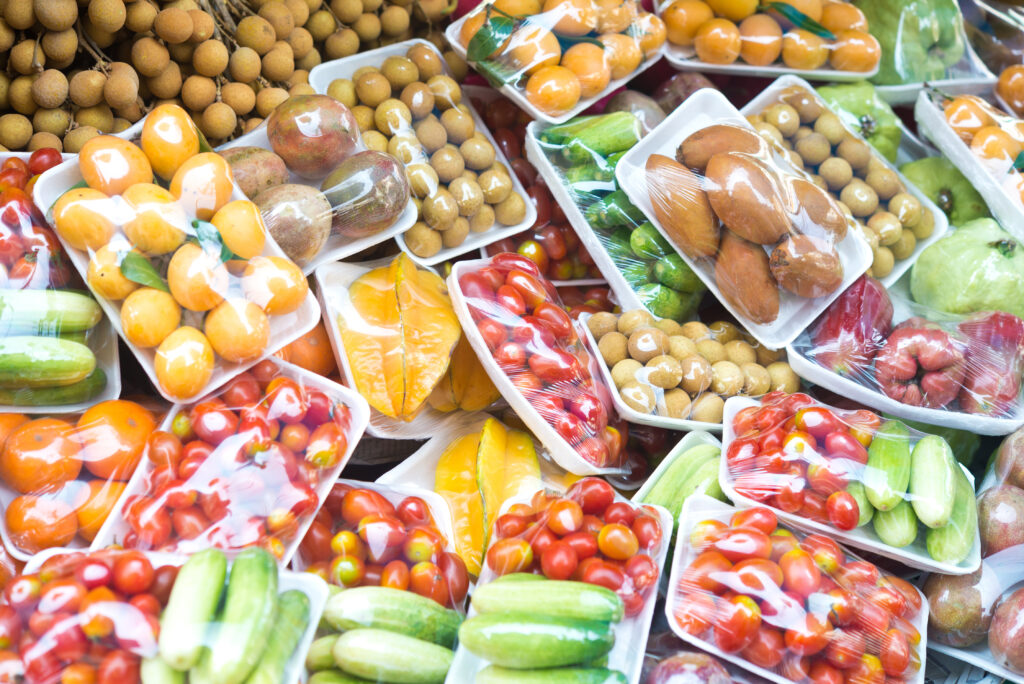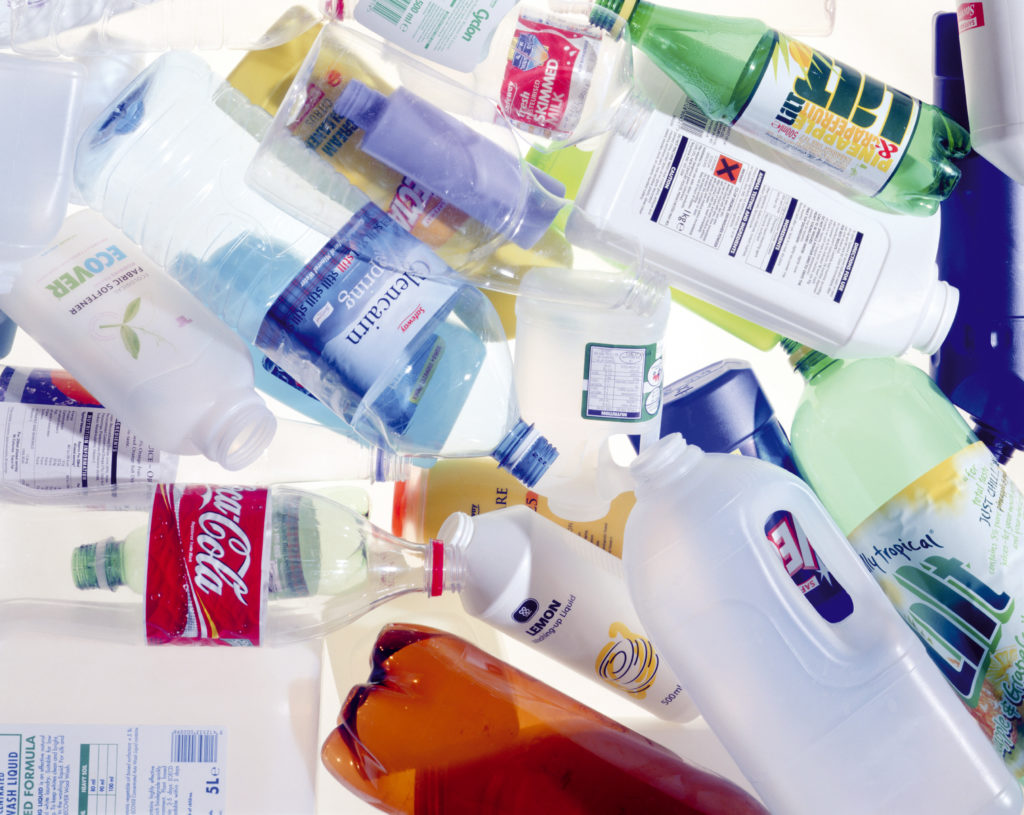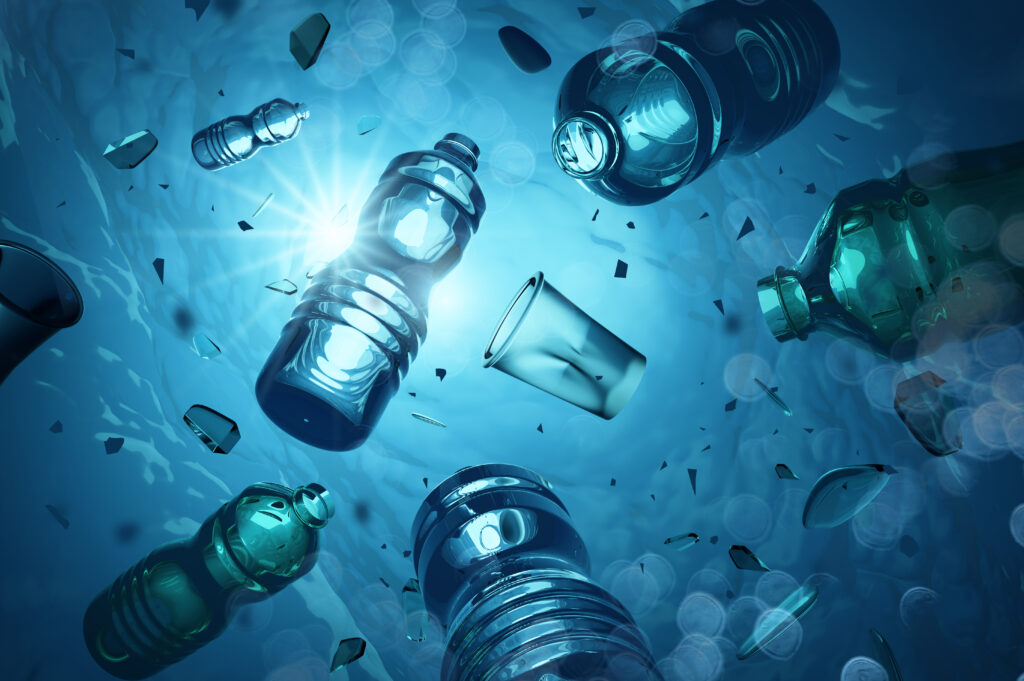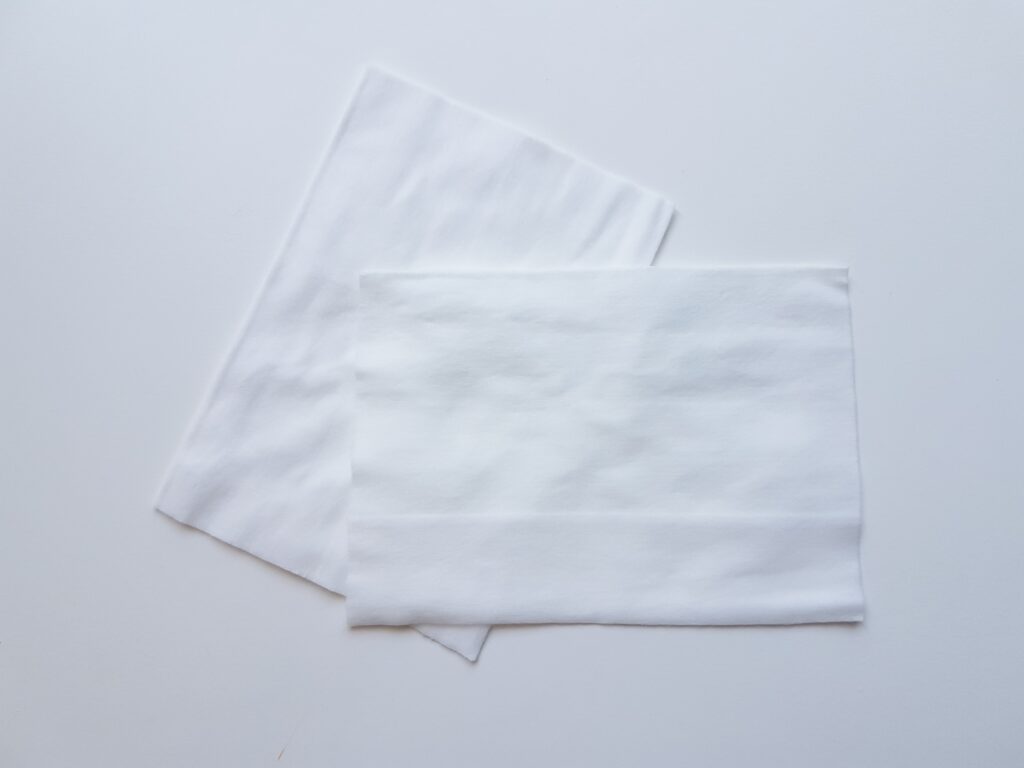And, the team found a “lack of evidence” to show that polyethylene plastic can be recycled into new food-grade packaging safely.
Polyethylene (PE) is the most widely used type of plastic food packaging due to its good processability and excellent barrier properties to keep food fresh. PE is commonly found in two main variations; high-density PE, known as HDPE, and low-density PE, known as LDPE.
LDPE uses include wrappers on meats and cucumber, while HDPE is used for products such as milk bottles and detergents.
Report
In the report titled ‘Unpacking the complexity of the polyethylene food contact articles value chain’, the team analysed 116 studies into how PE packaging chemicals leach into the food to potentially be absorbed into the body.
There were 377 ‘food contact chemicals’ identified in polyethylene packaging, such as the bisphenol A and phthalates that can disrupt hormones and lead to health risks. Some 211 of these 377 chemicals “seep into food at least once during the plastic’s life cycle,” the report said.
Only a quarter of the 377 chemicals is authorised by EU regulation, a third of which are above the safe limit.
Evidence
Dr Eleni Iacovidou, who lectures in environmental management at Brunel, said the team found a “lack of evidence” that the material can be recycled into food-grade packaging safely given the scale of chemicals in the material.
“Many of the studies they looked at don’t have enough detail such as what the bag or container is used for, how thick it is, how it would be stored and how many times it might be reused,” she said.
Dr Iacovidou added: “Recycled PE is increasingly sought after in the production of new food-grade packaging, yet the quality of recycled PE poses critical questions from a chemical safety perspective.
“The EU and UK’s commitment to increase packaging recycling demands a better understanding and monitoring of PE food packaging quality from a chemical perspective across the entire life cycle to enable the transition to a sustainable plastics value chain.”
Increasing the recycled content in plastic packaging may pose a safety challenge
- Researchers
Packaging
Found in food trays, water bottles, containers, films, bags and more, polyethylene (PE) is the most-used plastic food packaging, the researchers said.
The team added that despite a Europe-wide pledge to recycle more of it, the risks of reusing secondary PE material in food contact packaging “are far from clear”.
The report details that the implications of using and recycling PE from a chemical perspective remain “underexplored”.
Exports of plastic waste, according to the researchers, “has contributed to pollution with PE, specifically, being the most common type of waste found in marine and coastal environments”. They added that 79% of total PE waste is estimated to be sent to landfills globally.
In the report, the researches said: “Increasing the recycled content in food contact materials (FCMs) such as plastic packaging may pose a safety challenge that needs urgent attention because recycling processes may introduce unknown and/or hazardous chemicals that can potentially migrate from recycled FCMs.”











Subscribe for free